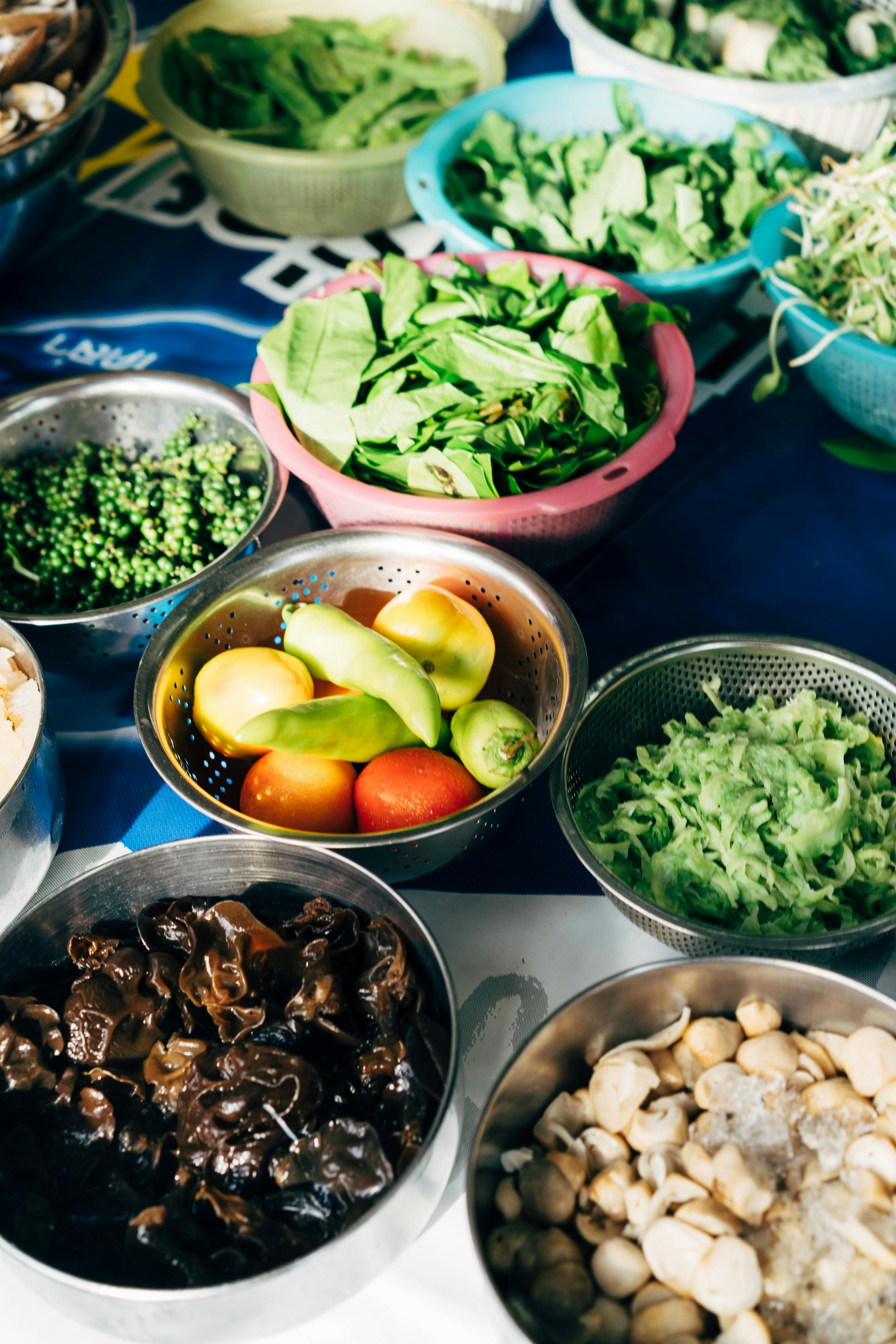Unveiling the Splendid World of Culinary Tourism: A Journey through Flavours
Culinary tourism, a rising trend that blends travel and gastronomy, is captivating globetrotters worldwide. Providing an authentic, immersive experience of local culture through food, this style of travel allows explorers to discover a destination's heart and soul on the plate. From bustling food markets to traditional cooking classes, culinary tourism offers a unique, tasteful approach to exploration that goes beyond the typical sightseeing.

An Exciting Fusion: Travel and Gastronomy
The concept of culinary tourism traces back to ancient times when travelers would stop at inns and taverns to sample local delicacies. However, the term ‘culinary tourism’ was only coined in the early 21st century, acknowledging the growing interest in food as a pivotal part of the travel experience.
Today, culinary tourism has evolved into a multifaceted industry, encompassing everything from food festivals and cooking classes to exploring local markets and farm-to-table experiences. It allows travelers to connect with the local culture, taste unique flavors, and learn about traditional cooking techniques, making their journey more meaningful and unforgettable.
The Piquant Trend of Culinary Tourism: A Closer Look
Culinary tourism is more than just indulging in local cuisine; it’s about understanding the culinary history, traditions, and techniques that shape a destination’s food culture. This travel trend caters to a wide range of travelers, from foodies and wine connoisseurs to those curious about local culture and history.
Travel experts believe that the rise of culinary tourism reflects a shift towards immersive, authentic travel experiences. People are no longer satisfied with merely sightseeing; they want to delve deeper into the local culture, and food is a delicious way to do that.
Advantages, Challenges, and Impact
Culinary tourism offers numerous benefits for travelers. It provides an immersive cultural experience, a chance to learn new cooking skills, and the opportunity to taste unique flavors. Moreover, it contributes to sustainable tourism by supporting local farmers, markets, and small businesses.
However, certain challenges need to be addressed. This includes maintaining the authenticity of food experiences in the face of increasing tourist numbers and ensuring that the benefits of culinary tourism are equitably distributed among local communities.
Despite these challenges, the impact of culinary tourism is largely positive. It promotes cultural exchange, supports local economies, and provides a unique, memorable travel experience.
Practical Tips and Interesting Facts
- Consider taking a local cooking class to learn about traditional ingredients and techniques.
- Visit local markets to get a feel for the local food culture and try fresh, regional produce.
- Do research about food customs and etiquette to respect local traditions.
- Be adventurous and open to trying new flavors and dishes.
- ‘Food trails’ are becoming increasingly popular. These are routes that take you to various local eateries, markets, and food producers in a particular region.
Culinary Tourism: A Delicious Journey
Culinary tourism offers a unique perspective on travel that goes beyond sightseeing to include taste, smell, and cultural immersion. It’s a journey that allows travelers to engage with local communities, discover new flavors, and learn about traditional food practices. So next time you plan a trip, consider adding a culinary dimension to it; it’s a delicious way to explore the world.




